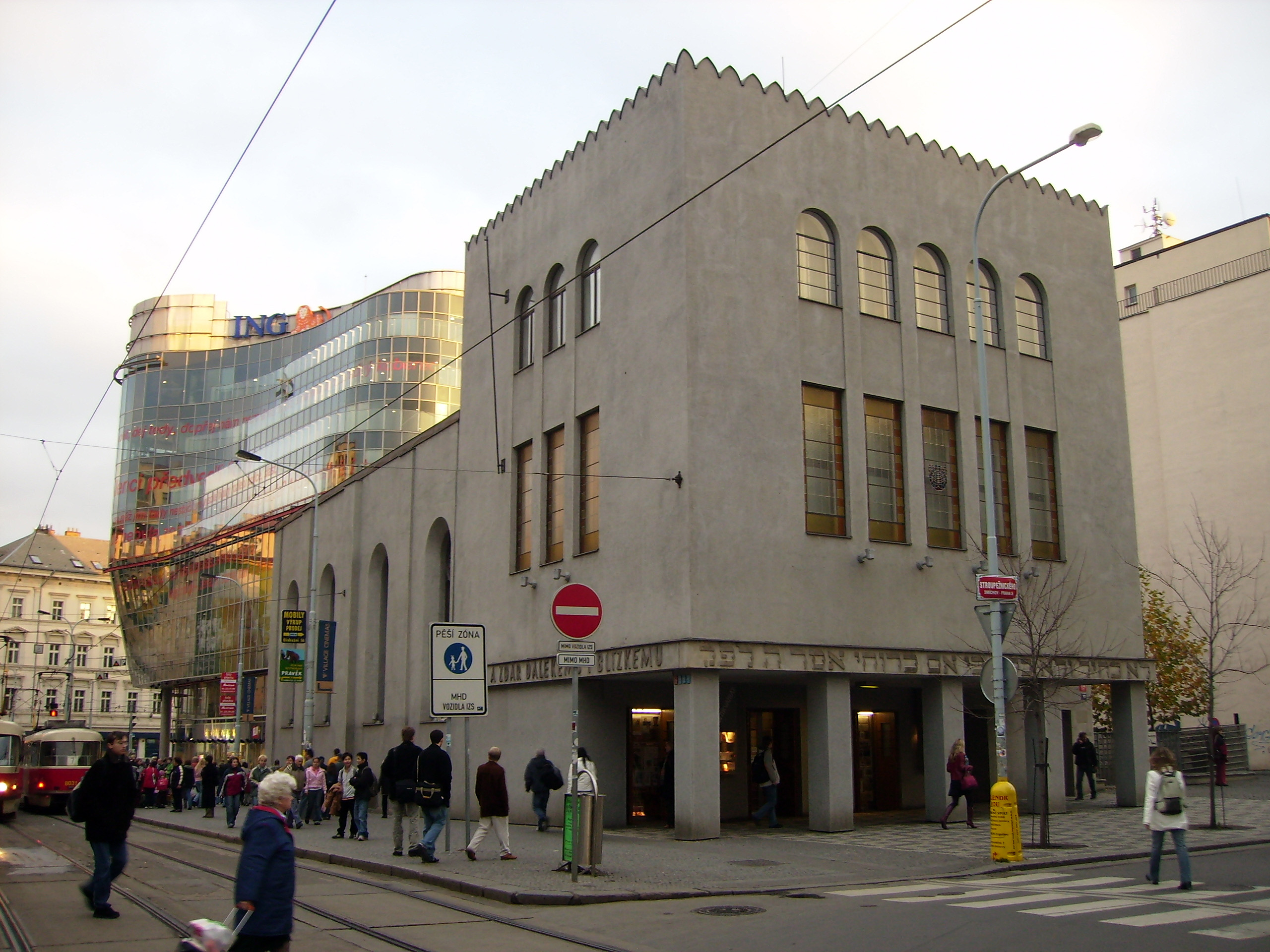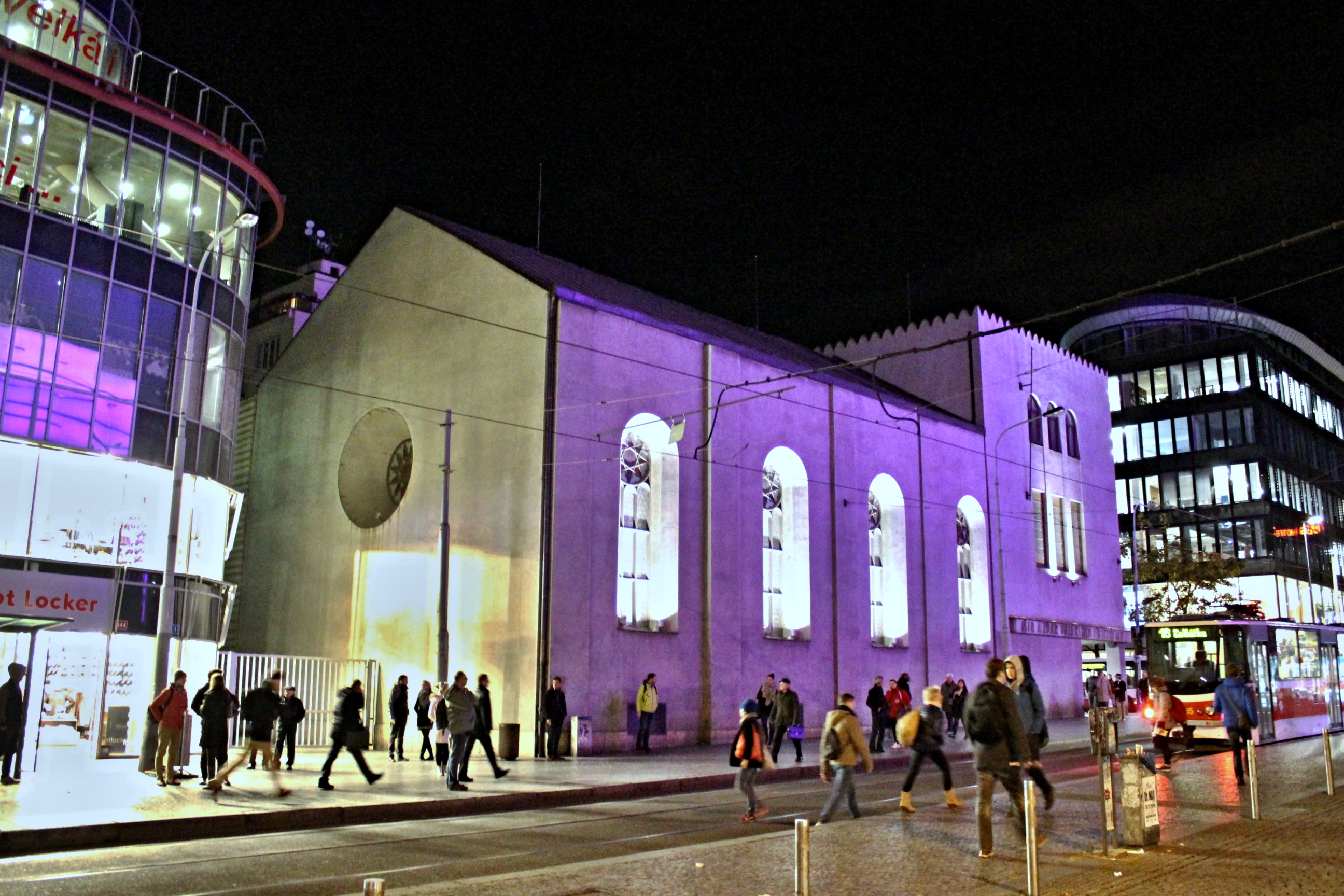A Guide to the Smíchov Synagogue

The Smíchov Synagogue is Prague’s only functionalist synagoguge. It was used after WWII for non-religious purposes, as the Jewish community in Smichov was decimated during the Holocaust. It is now used as an archive by the Jewish Museum in Prague.
For Jewish travelers in kosher tours around the city, the synagogue may prove interesting due to its rich history.
Early Days
The synagogue was created as a substitute for the first synagogue of the Smichov Jewish community. The first was already in disrepair and dangerous for visitors after only three years of use. Franz Ringhoffer, Smichov mayor and founder of the district’s railway car factory, donated funds for the new synagogue’s construction.
The synagogue was completed on August 30, 1863. It’s exterior design was of the Neo-Romanesque style, while the interior was Moorish. The size was considerably smaller than its contemporaries; the seating capacity in the male section was 180, and the female section was 140. The Spanish Synagogue in Josefov, for instance, had around 800 seats overall. The entire Smichov community could actually fit in the female section. They began to undergo Reform Judaism, and soon added a harmonium, and later on, an organ.
In 1897, the central Austro-Hungarian government, headed by Kazimír Badeny , failed to enforce a law that would bring equal rights to Czech and German-speaking people. In many Czech cities, including Prague and the surrounding area, this event has caused riots against Germans and Jews , due to the widespread stereotype that Jews were pro-Germans. The synagogue was damaged during the political unrest.
Modern History

Since the 1920s, the Smíchov community sought to build a new synagogue. Unable to find a suitable location, they decided to rebuild the existing synagogue instead. Thanks to the modern purist design of the architect Leopold Ehrmann , in 1931, it gained a functionalistic facade and an Art Nouveau interior. However, the Smíchov Jewish community would only get to enjoy their new synagogue for a decade.
The last pre-WWII Rabbi of the Smíchov Synagogue was between 1909 and 1939, Dr. Samuel Arje.
In 1941 , ten years after reconstruction, Nazi administration set up the synagogue as a warehouse for confiscated property. The Smíchov Jewish community was no longer restored after WWII. The synagogue became a warehouse in the 1950s for the nearby factory of Tatra Smichov . This method of use damaged the building. In 1986, its demolition was proposed but not carried out. Instead, it became one of the cities’ historical monuments.
After the Velvet Revolution in 1990 , the synagogue became the property of the Prague Jewish Community. Later, they leased it to the Jewish Museum in Prague in 1998 . In the next five years, the Smíchov Synagogue was completely restored, and the museum now uses its premises as an archive.
Landmarks

One of the most attention grabbing features is the quotation on the arcades.. Onthe north side is a Czech translation of Isaiah 57:19 , and on the left is the Hebrew translation for Zechariah 4:6. The Hebrew inscription has a gematric value referring to the year (5)691, the year of the synagogues’ reconstruction.
In 1999 , Vladimír Michálek filmed on of his scenes for the movie Angel Exit in the interior of the synagogue, while it remained in disrepair.
Advertise on APSense
This advertising space is available.
Post Your Ad Here
Post Your Ad Here
Comments